Cross-platform Mobile App Development with Cordova
Apache Cordova lets me write a program in JavaScript and it compiles into native iOS and Android apps! Corodva is the open source cousin of Adobe PhoneGap. Caitlin Foley and I are using it to create a phone game version of our Total Jump project in order to let people train for a coordinated world-wide jump, starting in New Haven, CT for our CWOS installation and event commissioned by Artspace New Haven.
The app is coming along and works on Android and iOS. One of our testing devices is an iPhone 4, which runs iOS 7.1.2. It looks like Apple stopped supporting iOS 7 in Xcode, but I found a way around this. Instructions by Martin Raybak told me to download the older Xcode 6.4 and manually adding iOS 7 SDK. But even after setting my deployment target in the info and build settings panels, Xcode still said the phone had an os that was too old. I found that manually changing the deployment target in the Cordova generated build.xcconfig file (in platforms/ios/cordova) did the trick. In conclusion, I draw comfort from the fact that Cordova is managed by the Apache foundation and feel that it is going to be a viable platform going forward.
The Virtual Reality of the Desert
I spent two weeks camping in Andrea Zittel’s A-Z West Wagon Station Encampment in Joshua Tree. My partner Caitlin Foley followed that up by creating a Shellphone Listening Lounge at the High Desert Test Sites Headquarters in the Sky Village Swap Meet. It was an opportunity to try out some Virtual Reality experiments with the good old Google Cardboard VR headset. It was a fun process that included many first-time VR experiences by the participants.
The Shellphones and several other projects we’ve created explore pink noise which is a special energy pattern ubiquitous in systems on earth. We refer to pink noise as the golden ratio of sound. This VR game is based on the Google Cardboard Treasure Hunt example but with pink noise added in order to get people to listen to it without any visual distractions. To make the game more attractive we flocked the headset with pink flocking, which is something we first did at the Pink Noise Salon at the Flux Factory last summer.
People seemed to have enjoyed playing the game. Someone even said that the Cardboard headset was not nauseating like the Oculus Rift. Perhaps it is because it is a tad less immersive due to a smaller range of vision?
Feminist Data Visualization at LACMA
I participated in the Feminist Data Collectathon workshop at the Art Plus Technology (#ArtPlusTech) lab at LACMA yesterday. The project was part of Annina Rüst’s residency at the lab and it was also co-lead by Micol Hebron (the head of the Gallery Tally project).
Annina got her hands on some juicy LACMA data, and we played around with different visualization ideas. One idea was to take a look at what the most exhibited artists at LACMA are, and how many of them are female. Please mouse over the bars to get the names of the artists.
Expecting Animals to Perform
The excellent Amy Waldman (her book The Submission is great) wrote an article in a recent New Yorker magazine about the architect Jeanne Gang. Gang has been hired by aquariums to change their mission in order to reflect humanity’s recent realization that keeping whales and dolphins locked up is barbaric. It seems that everyone has seen Blackfish, a documentary about the evil of keeping hyper intelligent animals in slavery. The aquariums want to respond to this but as the article states they don’t want to just release their valuable animals into the wild or some kind of sanctuary: they will loose a lot of money. So what do they do?
The article describes an arrangement where the cetaceans are free to swim around in a protected sanctuary in exchange for pervasive video surveillance to let aquarium patrons gaze at them. The idea that aquariums have trained humans to expect animals to perform is a solid one, and the aquariums have to retrain humans to respect these animals while they are still sharing the earth with us. But to make them subject to our surveillance is desperate. These mammals need their privacy just like we do. I can imagine an underwater monitor for the dolphins that tracks the geolocation of their trainers by scraping social media activity so that the dolphins can prepare themselves for any possible incursions on their lives.
I do hope the aquariums start to retrain people to not expect these guys to always perform. This expectation is causing people to do stupid things like poke at wild sharks with go pro cameras on sticks. The sharks are just chilling so please lets not provoke them.
Raised On YouTube
Have you ever spent too much time watching YouTube videos? Don’t waste your YouTube hours, recycle them at http://raisedonyoutube.com. Raised On YouTube is an ecology game connecting the cultural and the natural ecology across the Internet. People watch a live feed of plants being grown only with the projected light of algorithmically curated YouTube videos. You can submit YouTube videos and have them analyzed right in your browser. If you submit the highest scoring video you can win prizes made from the plants.
If you could spare a few minutes and paste a YouTube video address into the game it will help the ecology. The plants will do better under the light of the more photosynthetic videos. Can we crowd-source the discovery of the web’s most photosynthetic video? The longer you leave your browser window open with the video analysis running, the higher our chances of success. Once your video analysis finishes, unscored videos will be analyzed one by one right in your browser. You are doing this ecology a huge favor by lending your CPU cycles while increasing your chances of winning. The fickle players that close the page or stop analysis before their video completes can never attain the true spoils of this contest. So please, keep that window open, and if not for me then at least for the Armenian cucumber (among others).
Join me, and together we will find the best video for plants. From the Hanging Gardens of Babylon to the contemporary green walls, plants have fascinated us. We enjoy rooting for plants—they make us happy. When the time comes, the vegetables, raised to maturity by YouTube, will be circulated into the supply of food for people to eat and relish. And then, who knows, maybe some will return to the Internet to post a better video.
Dead Drop: the Digital Glory Hole
Do you remember Adam Bartholl’s Dead Drops art project?  The one were he installed USB drives into public spaces and invited people to plug into them and share data? It is incredibly prescient that he created it in 2010: the same year that Stuxnet was discovered.  Stuxnet is the centrifuge-ruining computer virus that wormed its way into Iranian uranium enrichment centrifuges after spreading through USB keys for several years.  The virus—purportedly written by Israeli and US American government cyber warriors—was meant to reach targets that were not connected to the Internet.  The strategy was to have the virus spread via removable media in the hopes that some scientist will eventually bring their MP3s to work with them  from a home computer infected via the Internet.  In a post-Stuxnet world, I am a prude about opening my computer’s ports to strangers’ USB keys without formatting them first let alone jacking into a Dead Drop.
Bartholl’s Dead Drops project is described as a rumination on public space and sharing, but behind this optimistic story lies a much darker comment on the dangers of mutual exchange. Â Stuxnet and its variants threaten to turn any innocent bystander into an enabler of international cyber warfare and the risk of unforeseen consequences loom over people’s personal data. Â The paranoia widened after the paradigm-shifting NSA related leaks from Edward Snowden. Â How likely is it that your computer is not currently infected with sophisticated spyware?
Adam Bartholl’s Data Drops are the digital equivalents of the glory holes. Â There is dangerous excitement around the idea of complete anonymous intercourse and the exchange of information between strangers. Â A recent new product referred to as a “USB Condom” caught my attention not only for its functional promise, but for its potent symbolism. Â By short circuiting the USB’s data pins and leaving only the power pins functional, this device promises to sanitize device charging via strange ports and third party cables. Â It seems that our post-Stuxnet, post-Snowden world needs some USB Condom vending machines in every bathroom of every public playground which houses a USB Dead Drop device. Â So if you see a Dead Drop and plug into it I hope you find something tasty. Â Or perhaps you can leave something tasty behind. Â There is a glory in surviving such an anonymous encounter.
Politics of Parametricism
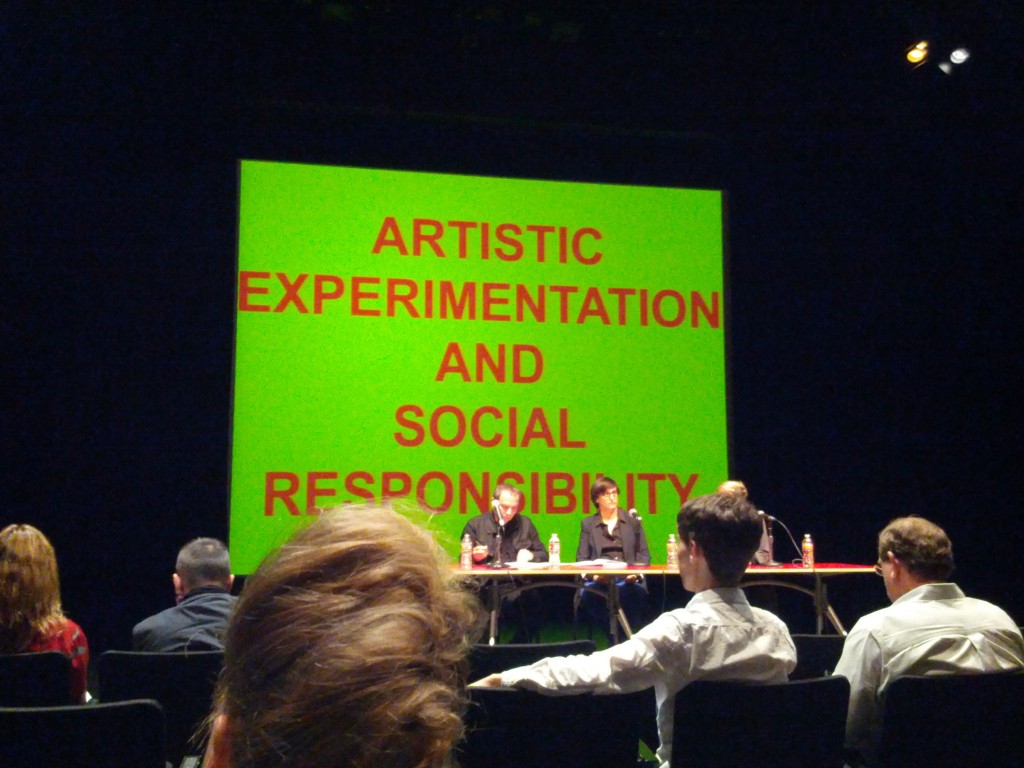
Parametricism (parametric design) encompasses computer aided design approaches that let you endlessly tweak models by changing variables and generate new iterations of structures.  A two day conference on the politics of parametricism was sponsored by Autodesk—the company behind 3D modeling programs and Building Information System management tools.  There was an ideological divide between the speakers: some designers and architects were on the “right” and spoke of top-down design approaches being the answer to humanity’s problems.  Others were on the “left” because they were more concerned with issues of access to these design methodologies and how they may marginalize whole swaths of people.
One of my favorite speakers was Teddy Cruz.  He gave examples of kids who started using a crappy lot under a highway overpass as a skate park.  They were told to stop by the city and county, but they kept at it and eventually formed a non profit organization, did fund raising, and finally made over the underpass as a really cool skate park.  I was energized by this story which was optimistic about dealing with state bureaucracy .  I’ve heard this idea in the parametric design circles of reconfigurable buildings which would physically readjust their structure based on human desires.  Cruz overwrote this mechanistic vision with video of Tijuana street vendors who retracted their ultra light sales kiosks to make room for a passing train.  As the train cleared the railroad the vendors unfolded their awnings in rapid succession, closing behind the train in a wave.
The question and answer period resulted in a heated exchange between and the panelists and Patrik Schumacher with demands being made to disclose political affiliations and rebukes of etiquette flying back and fourth with the audience caught in a sort of awkward rapture in between.  It was truly worthwhile to be part of a real confrontational smack down between parametricism apologists led by Schumacher and the opposition led by Cruz.  They said the conference was going to be streamed and archived on the site, but I can’t find the racy video anywhere!  All I have is this lousy pic.
Revisiting the Prague Biennale
I recently reconnected with my friend Kevin Kane who was my old collaborator on Biothing: The Invisibles Prague Biennale installation in 2003. He is now an architect & founder of Arktura. The Prague installation was quite an adventure, and its interesting to see where the people behind it ended up. Alisa Andrasek is still teaching and now involved in the European Graduate School. Several of the Columbia Architecture students who we worked with started their own firm called We Are Dag.
This installation used animations produced with the Maya Embedded Language (MEL) and granular synthesis sound displays. The animation and sound would get more or less chaotic based on a digital model of a bacteria colony (using a Cellular Automata algorithm). The bacteria model had an “environmental” variable that could lower or increase environmental impediments to survival. We tied this variable to the count of people in the space using an infrared beam sensor positioned by the entrance. The idea was that people’s presence would help spread the bacteria and boost this invisible ghostly presence in the walls. During the research phase, we tested ultra-directional infrared beam speakers by Holosonics but decided to use conventional speakers so that we could hide them in the walls.
I learned a lot from the project and loved seeing Prague. I hope to make it back there soon.
Curatorial statement for Uncanny Valleys: Experiments in Computer Graphics
[PDF] Los Angeles, (October 28th, 2013) — Marymount California University Department of Arts & Media are proud to present Uncanny Valleys: Critical Discourse Through Computer Graphics a contemporary art exhibition featuring the work of Andy Fedak and Angela Washko opening on November 7th with a reception from 6 to 9pm. Andy Fedak, hailing from Los Angeles, uses visual effects, video, and animation to deliver sublime reflections with profound allegories and celebrates the fragile yet vital aspects of utopia. Angela Washko, based in New York City and San Diego, is taking a feminist approach to deconstructing video games by staging interventions inside World of Warcraft and archiving the portrayal of women in the console-based role playing games she grew up playing. These artists work across media to engage with established critical discourse to reach across generations and suggest these ideas be revealed, renewed, and repossessed.
In her works such as The Council on Gender Sensitivity and Behavioral Awareness in World of Warcraft, Washko appropriates video and sound from her game experiences where she engages other players in discussions of gender while raising sensitivity and awareness to an often hilarious and sometimes disturbing effect. Despite the orcs and elves running around its lush fantasy environment, the social atmosphere inside WoW is incredibly hostile and rooted in discriminatory politics extending from outside the screen.
Washko acts as a facilitator of conversations which question this exclusionary and oppressive language the player-base has adopted. In her ongoing project Heroines with Baggage, Washko additionally looks at the ways in which representations of women in role-playing games formed her understanding of being a woman growing up.
Fedak interweaves evocative historical narratives with video and visual effects to elucidate contemporary implications within Orwell’s writings from the trenches of the Spanish Civil War.  George Orwell—the writer of Animal Farm and 1984—traveled to Catalonia to fight against Franco’s fascist Spain. After the fall of Spain to fascism, the decades of totalitarian dictatorship that followed, and finally Franco’s death and return of democracy, it seems almost impossible to comprehend this utopian moment in which Orwell found himself. How could we feel what he felt?

Ice From Catalonia Installation included small medicinal/sacrament cups for imbibing the slowly transforming water
To see this moment in history from his vantage point of believing a socialist utopia was possible? Orwell in Catalonia is an experimental journey tracing Orwell’s path through the Spanish Civil War, documenting his exact locations, then utilizing contemporary animation and visual effects techniques to try to get back to the zeitgeist of that phantom utopia on the Catalan countryside – a moment which will all too soon turn into myth.  Fedak brought ice back from Catalonia in order to amplify the affect created by the video’s portrayal of water in all of its many states.  We invite the audience to imbibe the slowly melting ice through medical/sacrament cups in order to grok the emotion of collective state change.
My Experimental Fish Live On
I’ve use living plants and animals in my artworks and research. I always worked hard to make sure the fish and plants (and even bacteria) are happy during all these trials. After a year of living in an aquaponics toilet, my tilapia named Beefadou was adopted as a pet into a roomy new fish tank. Today I found out that the pair of Koi I used to bootstrap that system—which I later sold on Craigslist—are alive and well.
So far, I’ve been able to retire all the plants and animals used in all experiments. The fish all went to new homes as pets, and the vegetables got eaten. I would like to continue this in the future. I’m happy to get word that these two Koi, named “Mr. and Mrs” are still together. They always spent every moment with each other, and now are continuing to do the same. Here is an image of them in their new home.
When I was ready to switch to the tilapia, I thought of releasing these Koi into the wild. I’m glad that they became pets because they grew up with humans. Luckily I haven’t done anything weird enough to any of these life forms to preclude safe release into the wild. There is little chance of anything like the terrible frog fungus epidemic spread by laboratory frogs released into the wild happening in my case.
In conclusion am also happy to report that the snail I sold to the same people is reportedly bigger than golf ball now. It is the sole companion of a gruesome looking but congenial fish named Oscar who suffers from hole-in-head disease. I knew the snail would do well. I remember him when he was just a young transplant: a leader and good samaritan even in those days.

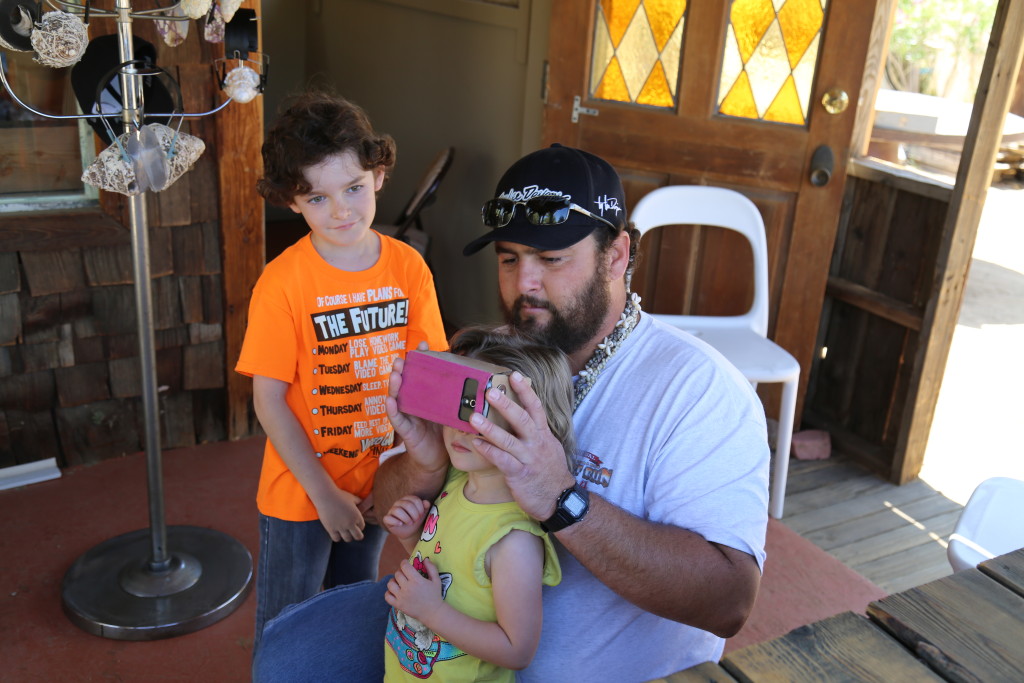
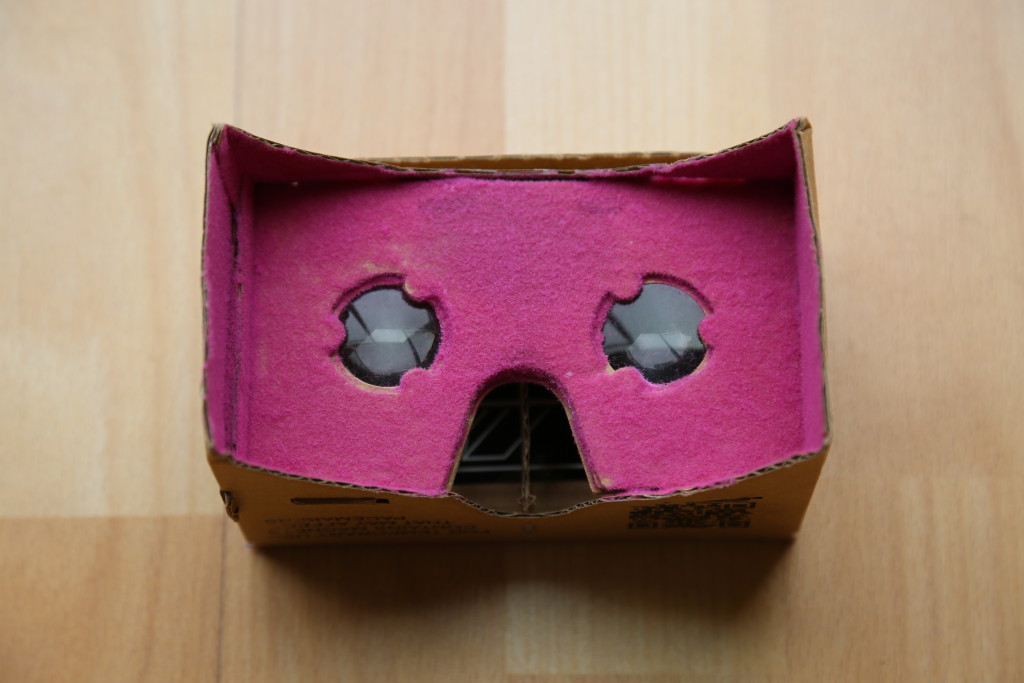
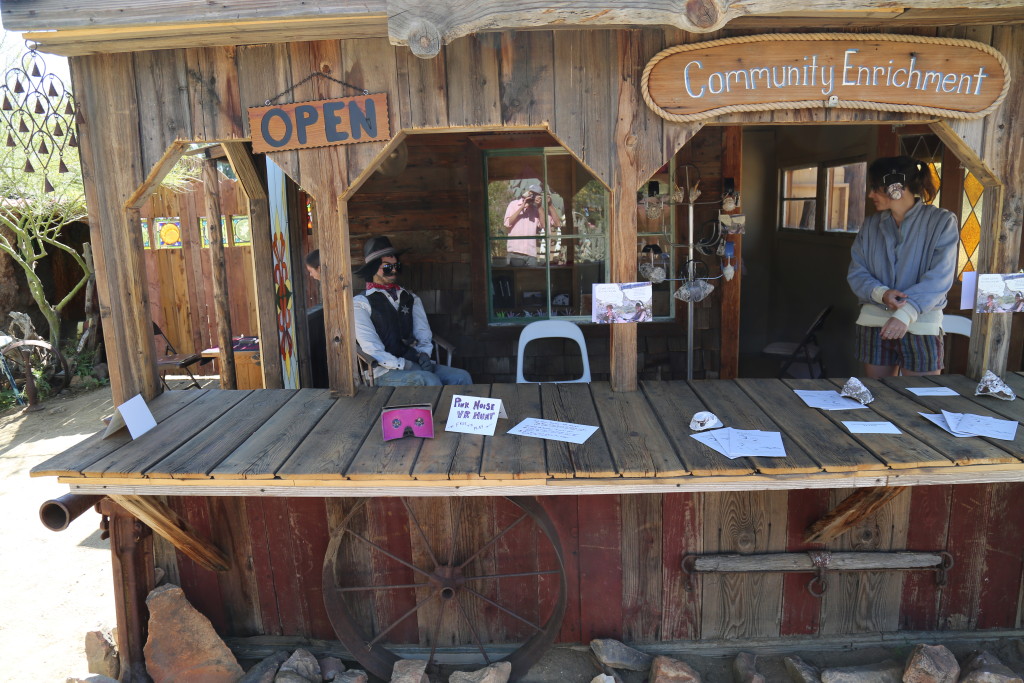

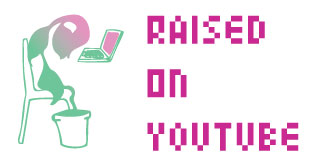


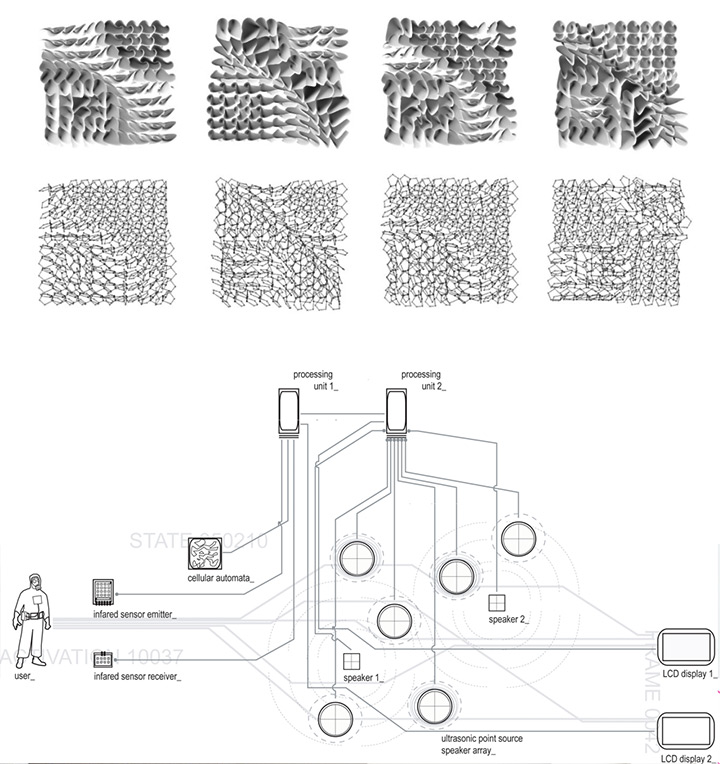
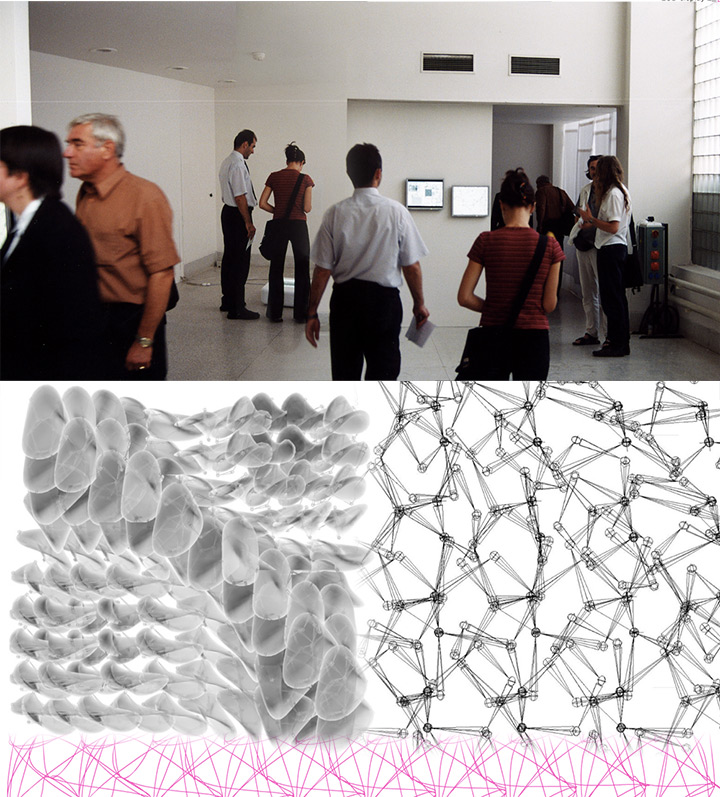
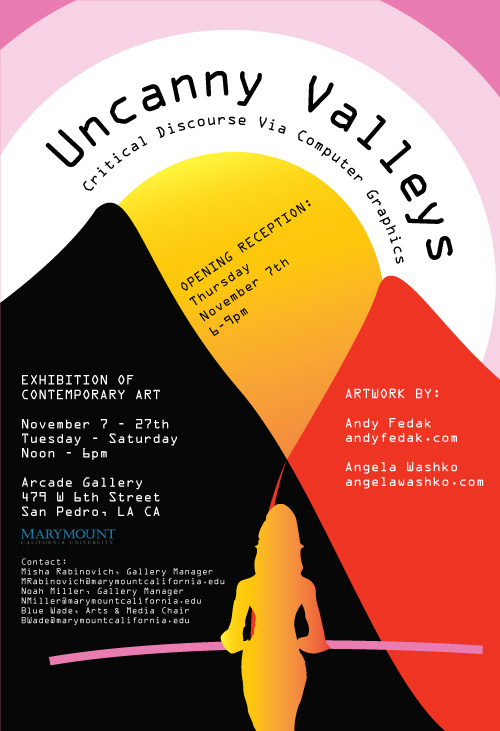
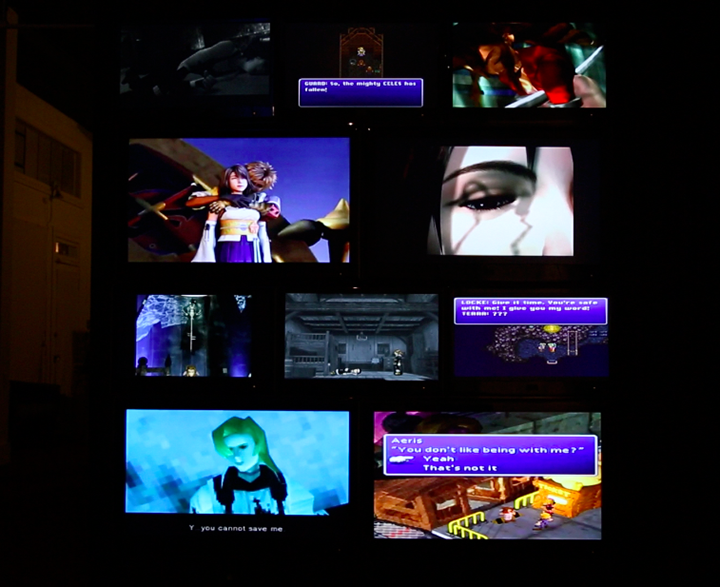
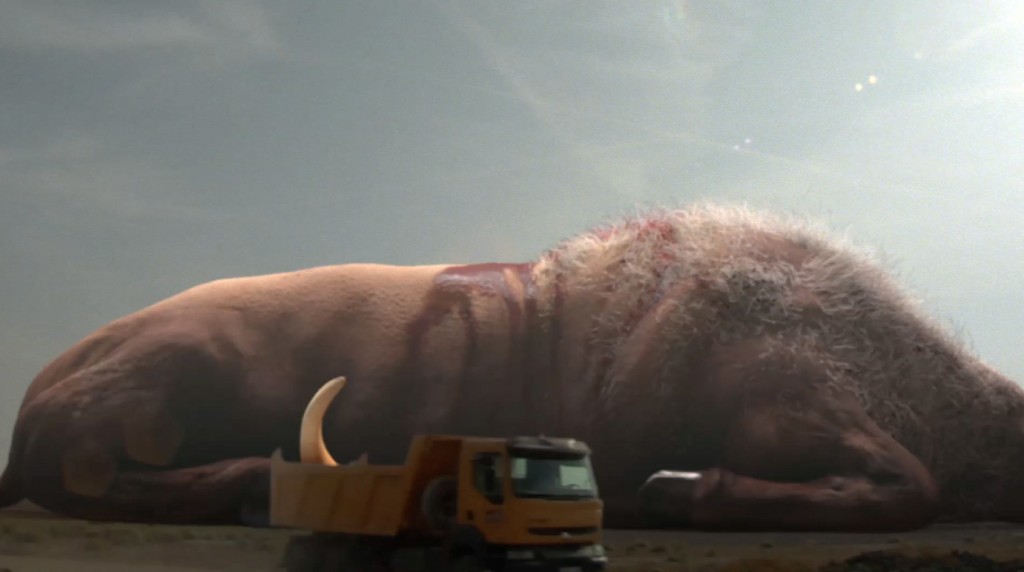

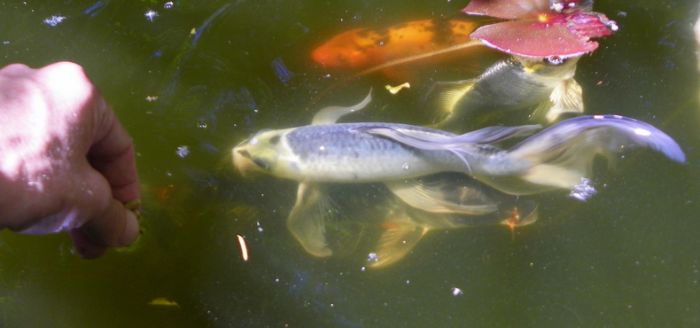
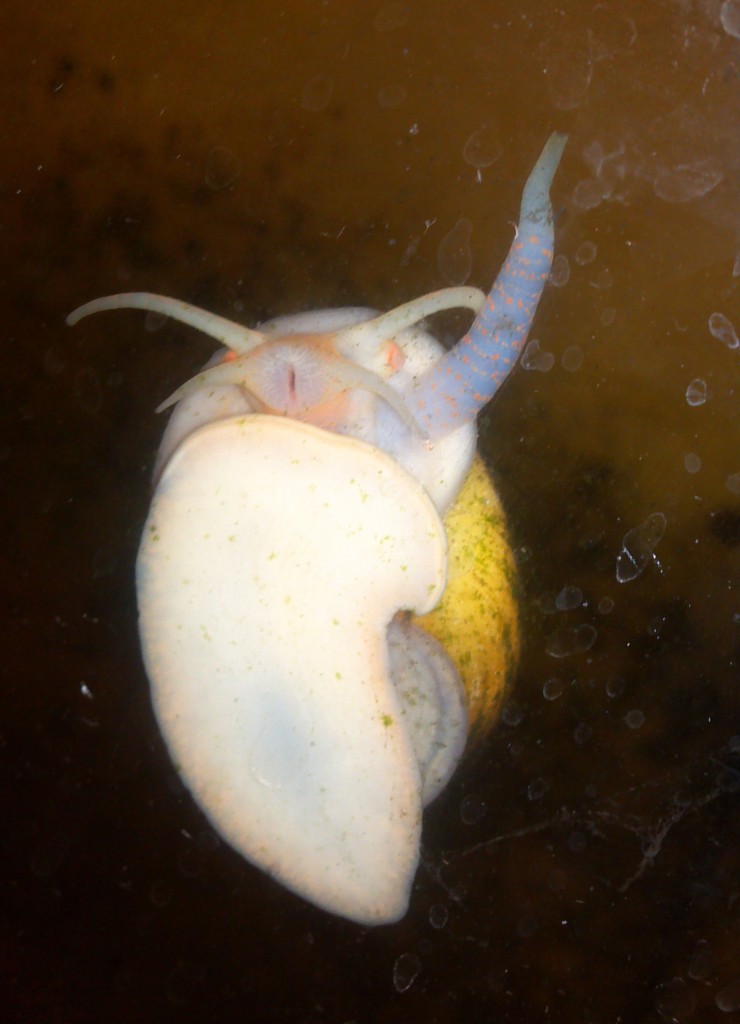
1 comment